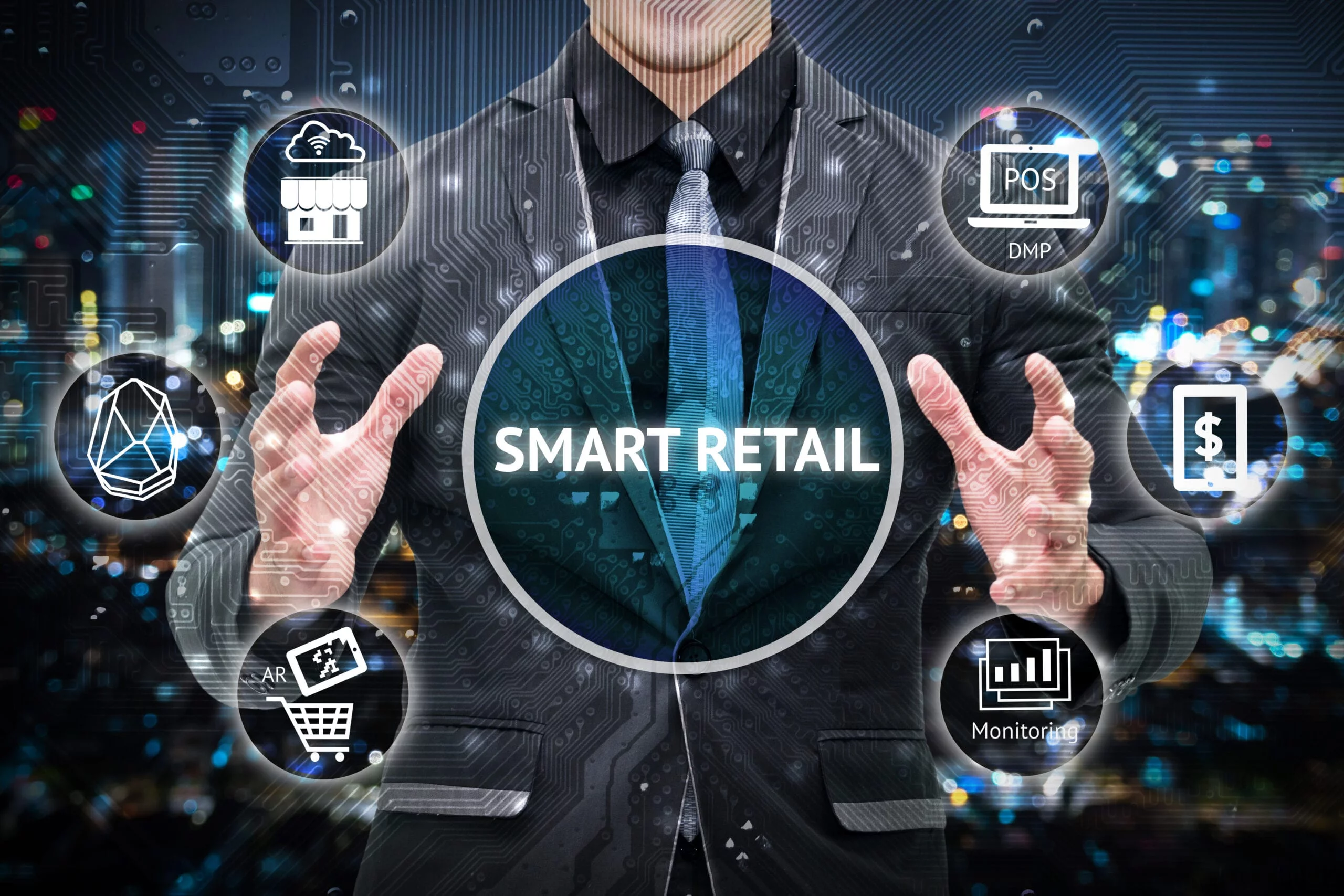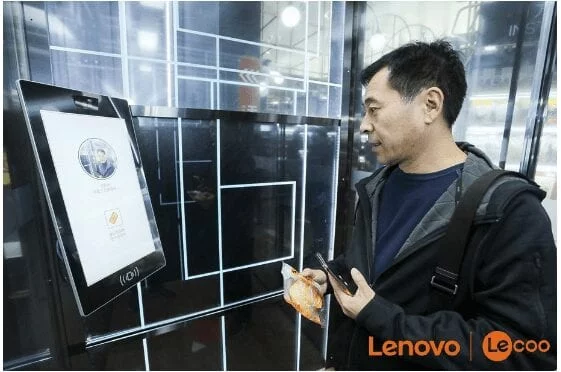When the clock rang in Lenovo’s 35th anniversary on November 1, I can’t help but think about how far we’ve come in digital transformation and, more importantly, how much potential the future holds for technology to make our lives and society better and more inclusive.
One area that has certainly felt digital’s impact is retail. For the past few years, we’ve been hearing about the “retail apocalypse”—the closing of large swaths of retail stores across the US that started around 2010 and continues today. It’s hard to read a newspaper or magazine without seeing some pundit declaring retail’s demise. And it’s true—thousands upon thousands of stores have shuttered in the past decade, and 75,000 more could follow in the coming years.
But is this the end of retail or just the beginning of its next chapter? Despite these closures, signs point to the latter. Here’s just one: The National Retail Federation reported retail sales rose 4.6 percent last year and are expected to do the same in 2019.
The point is, retail’s not dying. Consumers are still buying goods of all kinds, and lots of them. They’re just doing so much differently than they did 10, 20, or 30 years ago. And disruptive technology is making it all possible.

You can see a scenario like this happening now: You leave your house at 6 a.m. and head toward the coffee shop down the road. Based on the patterns in your historical order data, your phone sends a notification to the shop when you leave the house; but because you could deviate from your route or get delayed, the shop waits until you’re five minutes away to make your latte. The geolocator on your phone notifies the store you’re there, and your digital wallet pays automatically.
Or maybe you’re headed out to get a new outfit for an upcoming party. When you enter the clothing store, you simply pick up your clothes and walk out—your credit card is automatically charged. Based on your data, the store’s clerks know whether you want personalized attention or don’t want to be bothered. And the data suggests complimentary products you may like.
New retail business models based on disruptive digital technologies are emerging that make these and other new scenarios common. Amazon is already talking about 30-minute drone delivery. The Bonobos model may become more common, with stores becoming showrooms for trying out goods and your purchases being sent to your home from a nearby distribution center.
Experiences are taking over: Stores are hosting unique, in-store-only sales and themed events, and are using technology to make in-store shopping trips more compelling and personal. High-end fashion designer Rebecca Minkoff, for example, tripled clothing sales by installing interactive touch-screens shoppers use to choose products to be sent to their dressing rooms. These dressing room mirror/screens also enable shoppers to see the items in different colors, sizes and looks.
Lenovo technologies are part of the driving force of the seismic shifts happening in retail, as well as in many other industries. Through the application of various Lenovo technologies and solutions, forward-thinking retailers are fostering groundbreaking, systematic change that’s driving the transformation of the entire retail supply chain.
Lenovo technologies are part of the driving force of the seismic shifts happening in retail, as well as in many other industries. Through the application of various Lenovo technologies and solutions, forward-thinking retailers are fostering groundbreaking, systematic change that’s driving the transformation of the entire retail supply chain.
Take, for example, how we’re helping to reimagine grocery shopping by leveraging technologies like AI facial recognition, camera integration, software and IoT to create a Lenovo cashierless store that requires only your face for you to make a purchase. No wallet, purse, credit card, smart phone, cash registers or even store employees. You walk up to the door and cameras recognize your face. You browse the aisles, pick out what you want—and here’s the magic—you just walk out. Your account is automatically settled via your mobile payment.

In Belgium, Delhaize™ is using Lenovo technologies to transform its stores. The grocery retailer is using the Lenovo and Scale Computing edge infrastructure solution in more than 800 outlets to reduce time spent deploying and managing edge IT infrastructure with a solution that could host traditional and IoT applications on the same hardware. This solution helps streamline retail IT operations at the store level while providing a foundation for enhancing the customer experience and reducing costs.
What if, in the future, there were a completely automated grocery replenishment process? In this scenario, IoT would allow your food containers to ‘talk’ with your fridge, letting it know when you’re running low on food. Your fridge orders the goods for you and sends your self-driving car to pick them up at a nearby DC, where a robot loads the groceries into your car. Your car returns home and, through your home computer, a voice assistant notifies you your food has arrived. No fuss, no trips to the store, and the comfort of knowing that you’ll never run out of milk or eggs again.
The reality is, retail is alive and well in 2019, but it just looks different now. Retailers are moving on from growth via new stores to growth via big investments in the technologies that make these compelling new business models and customer experiences possible. And Lenovo will continue to be a big part of this shift, providing the critical capabilities from phone and IoT to infrastructure and data.
